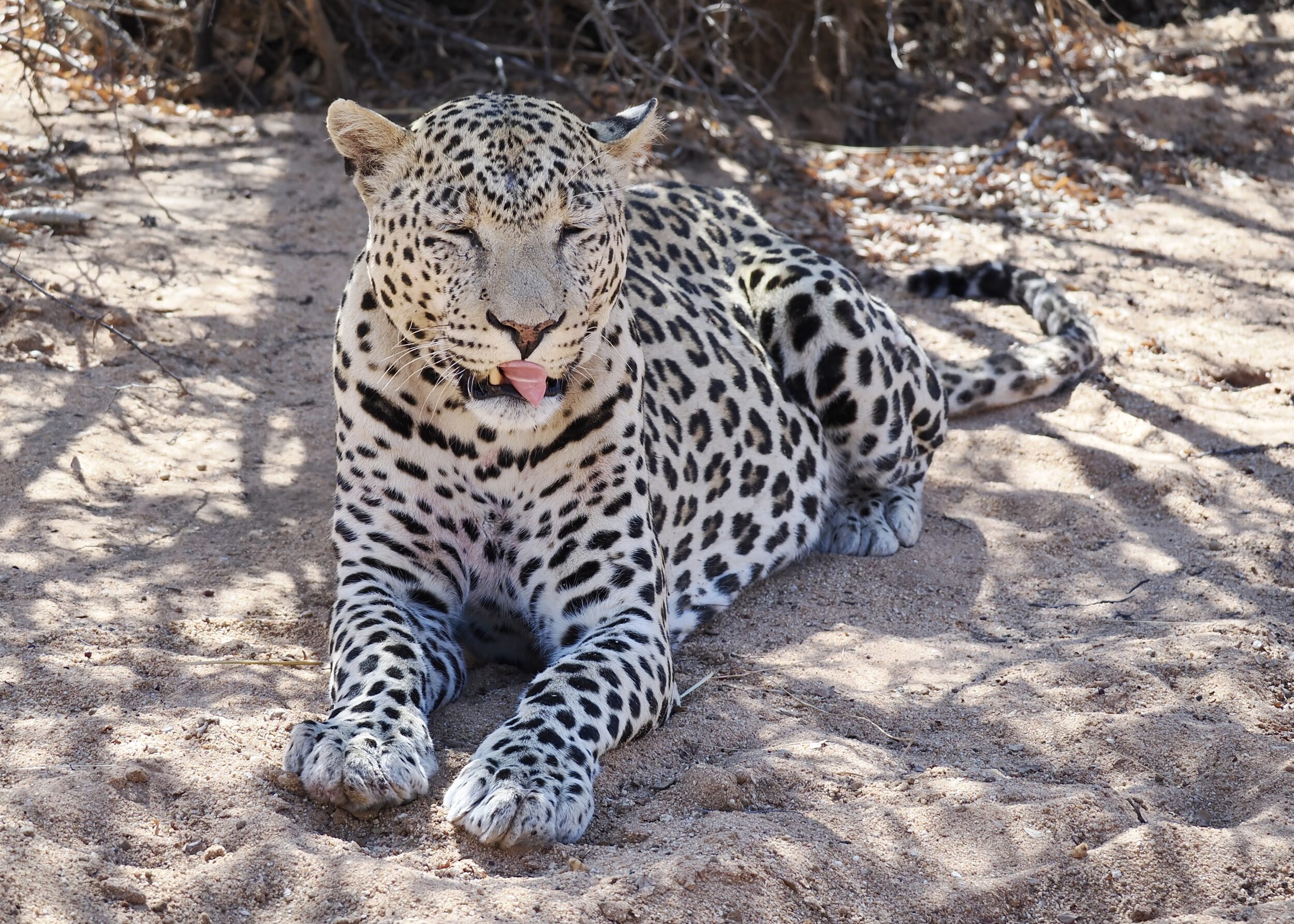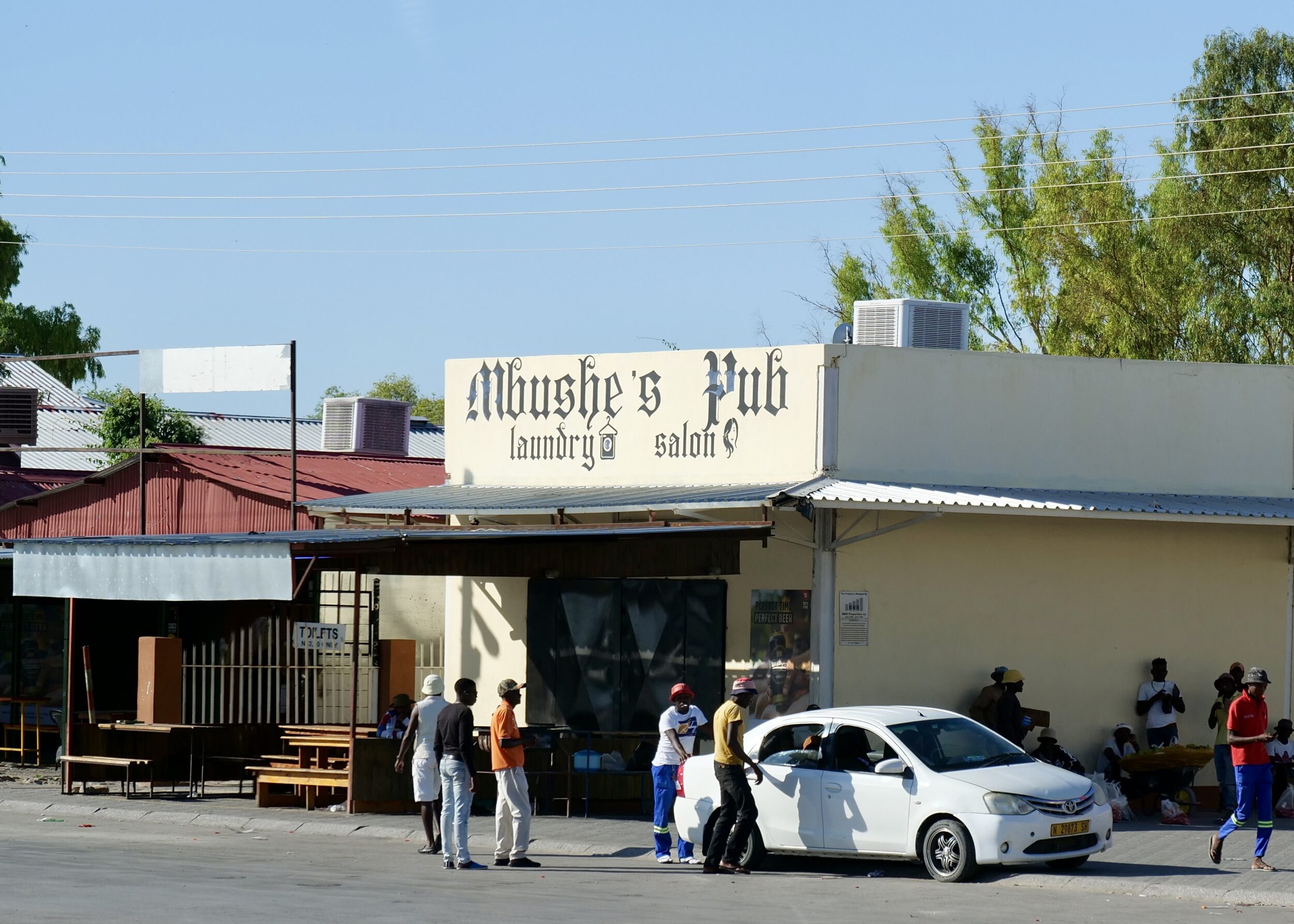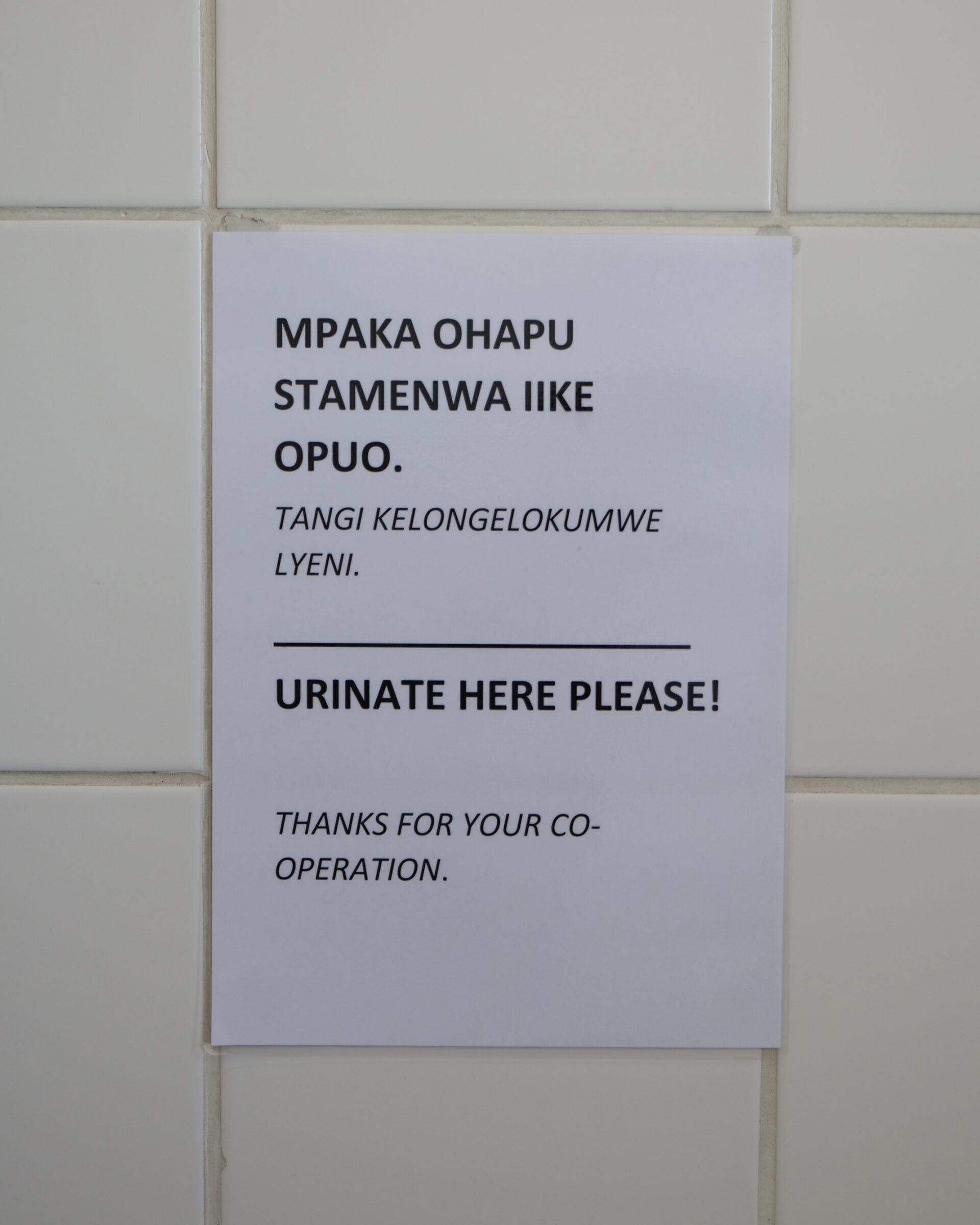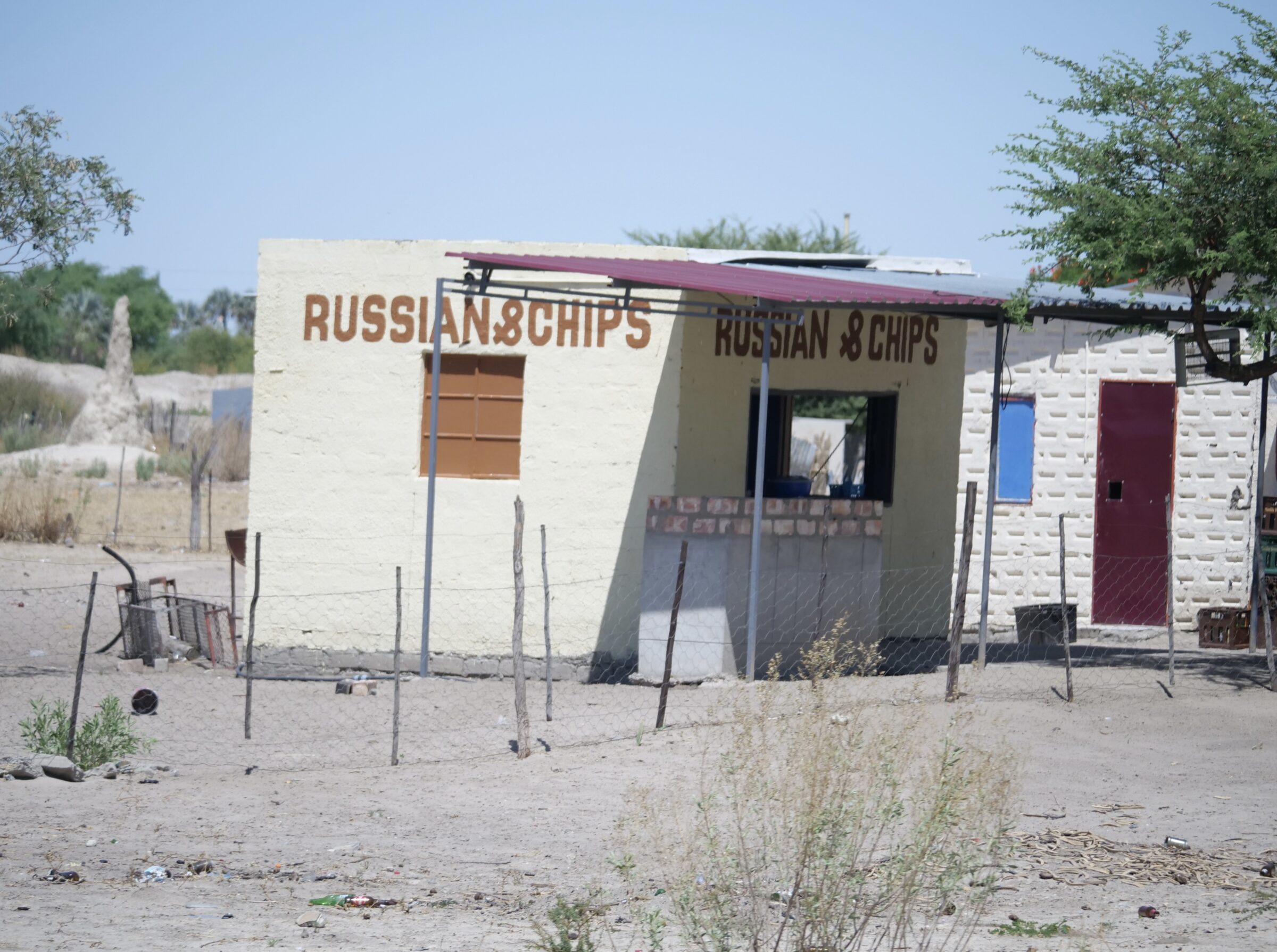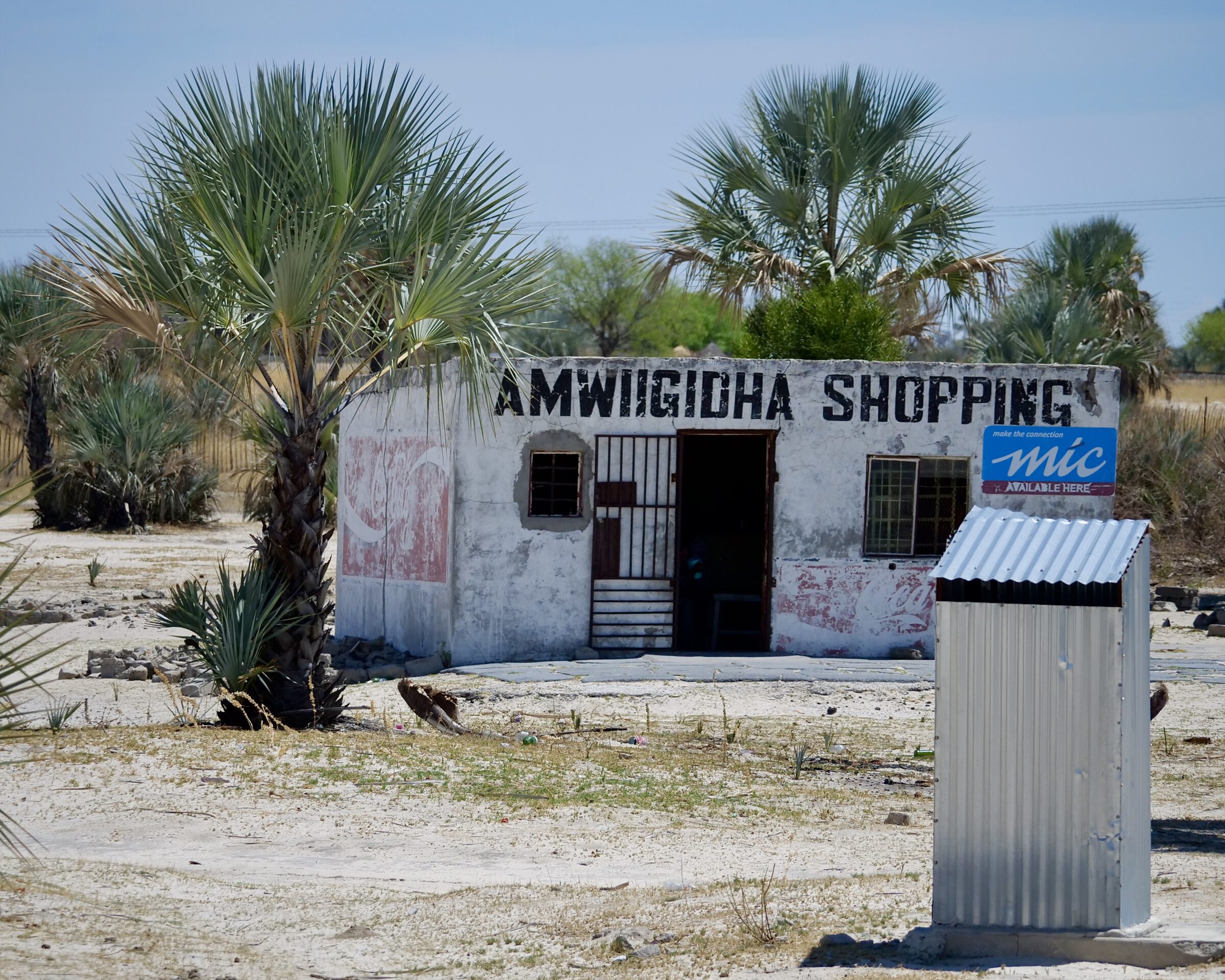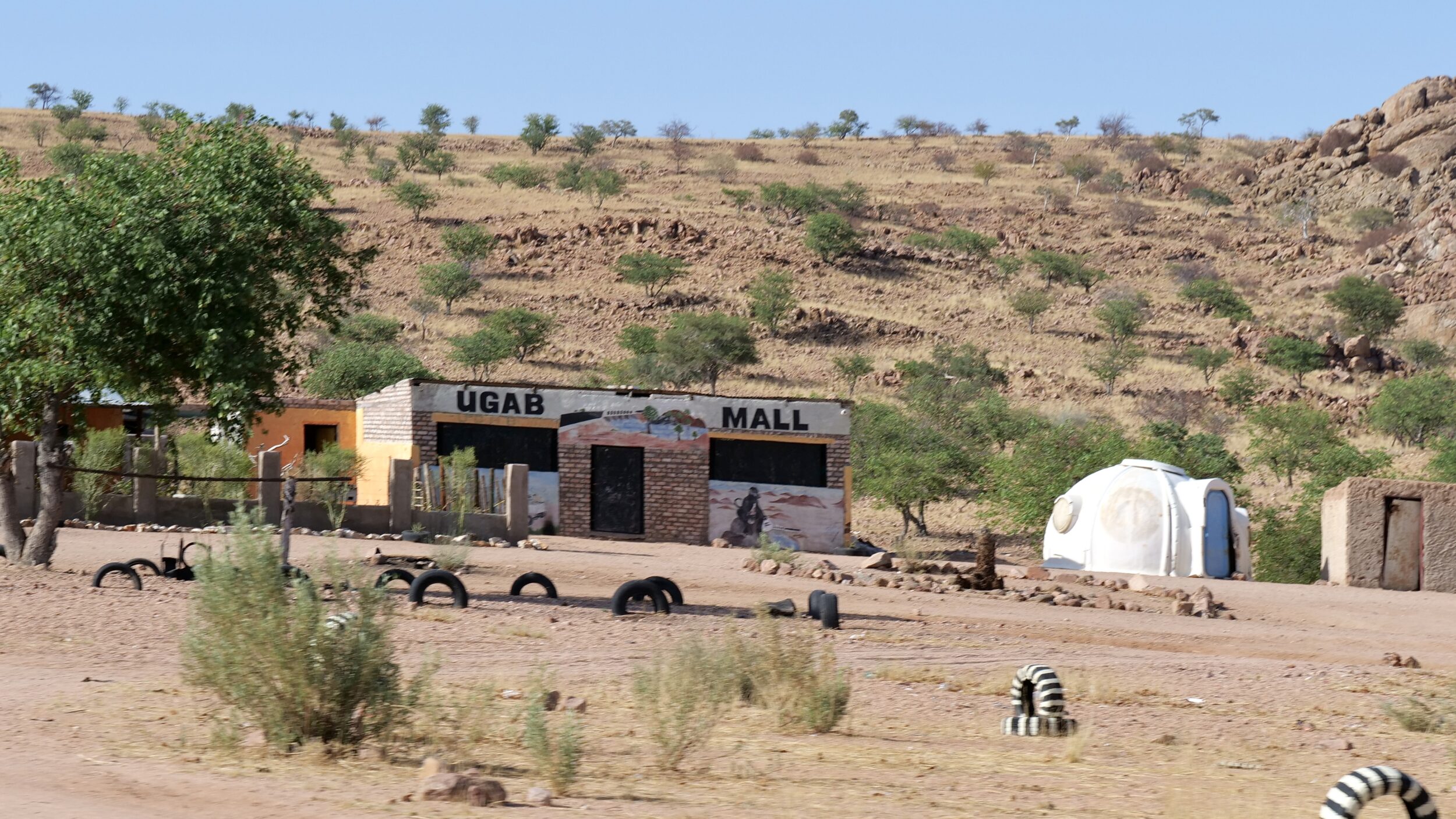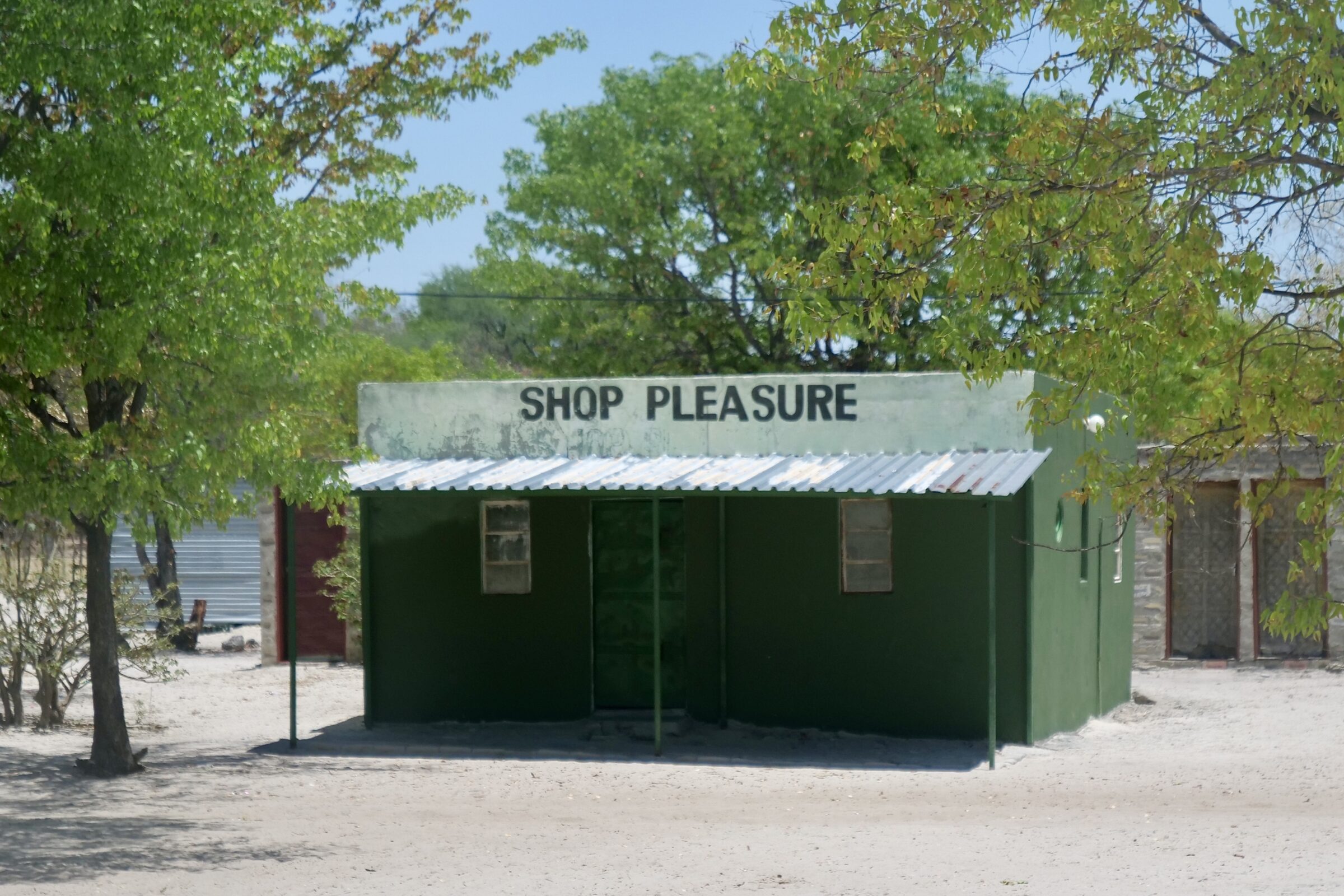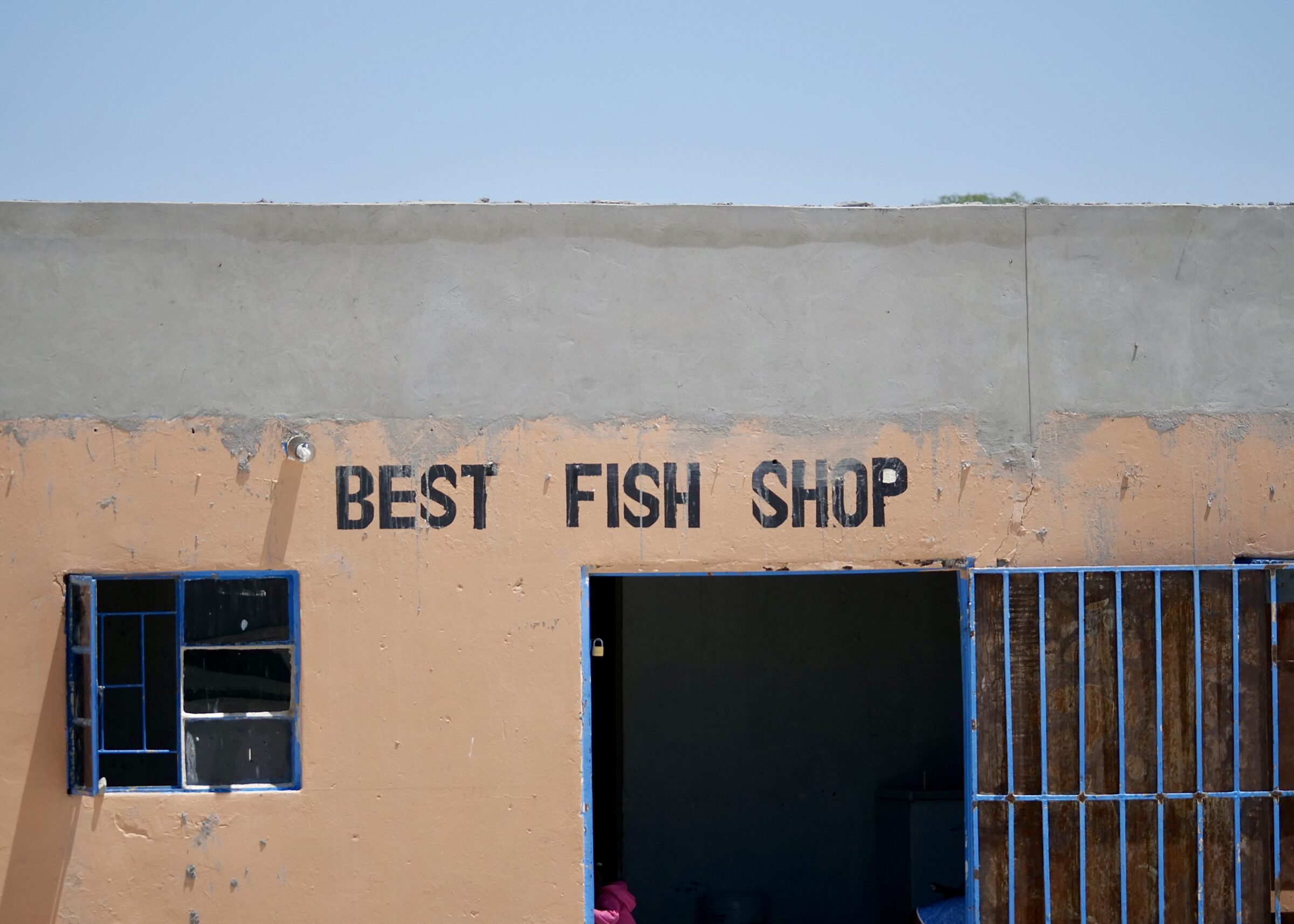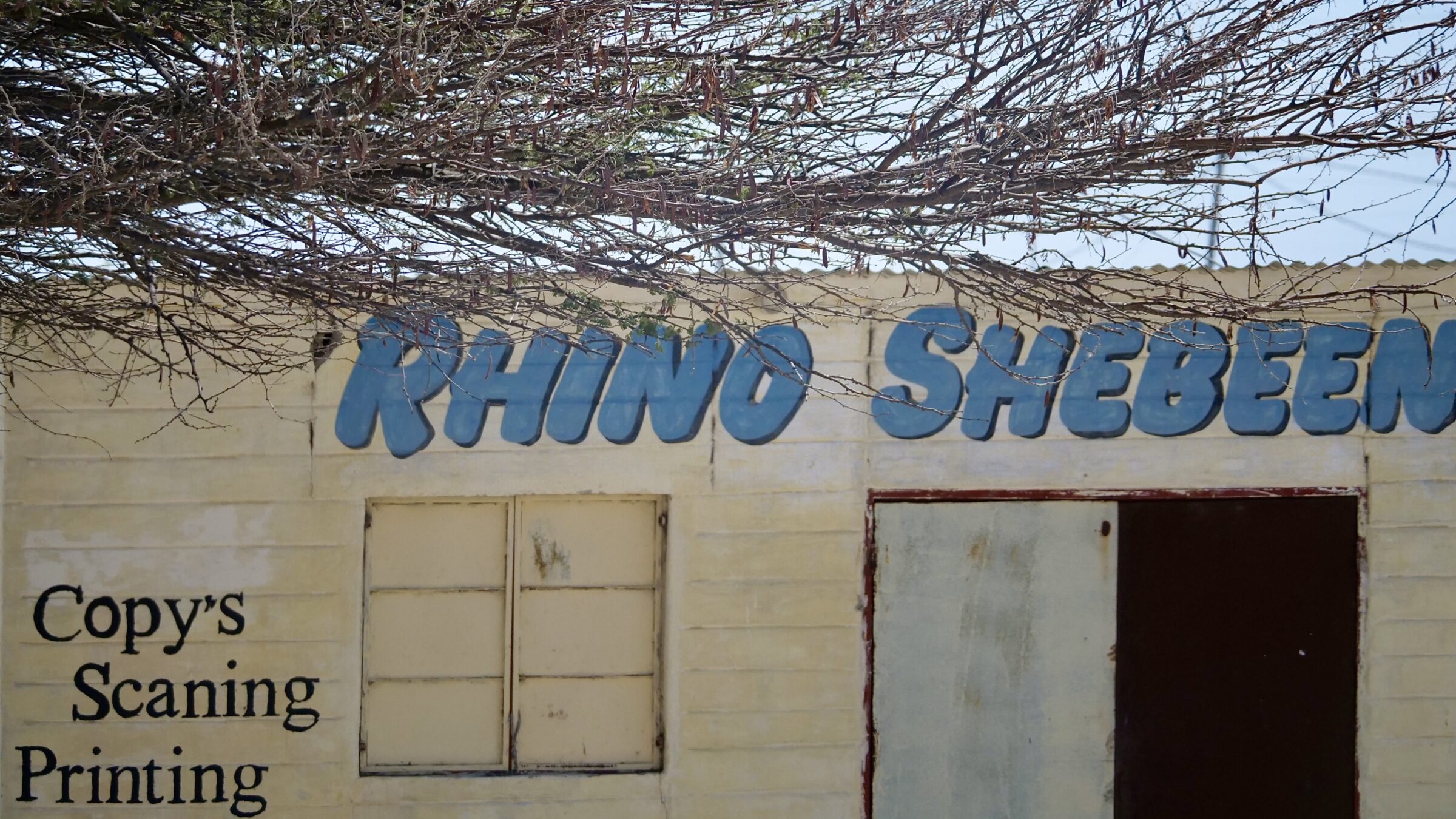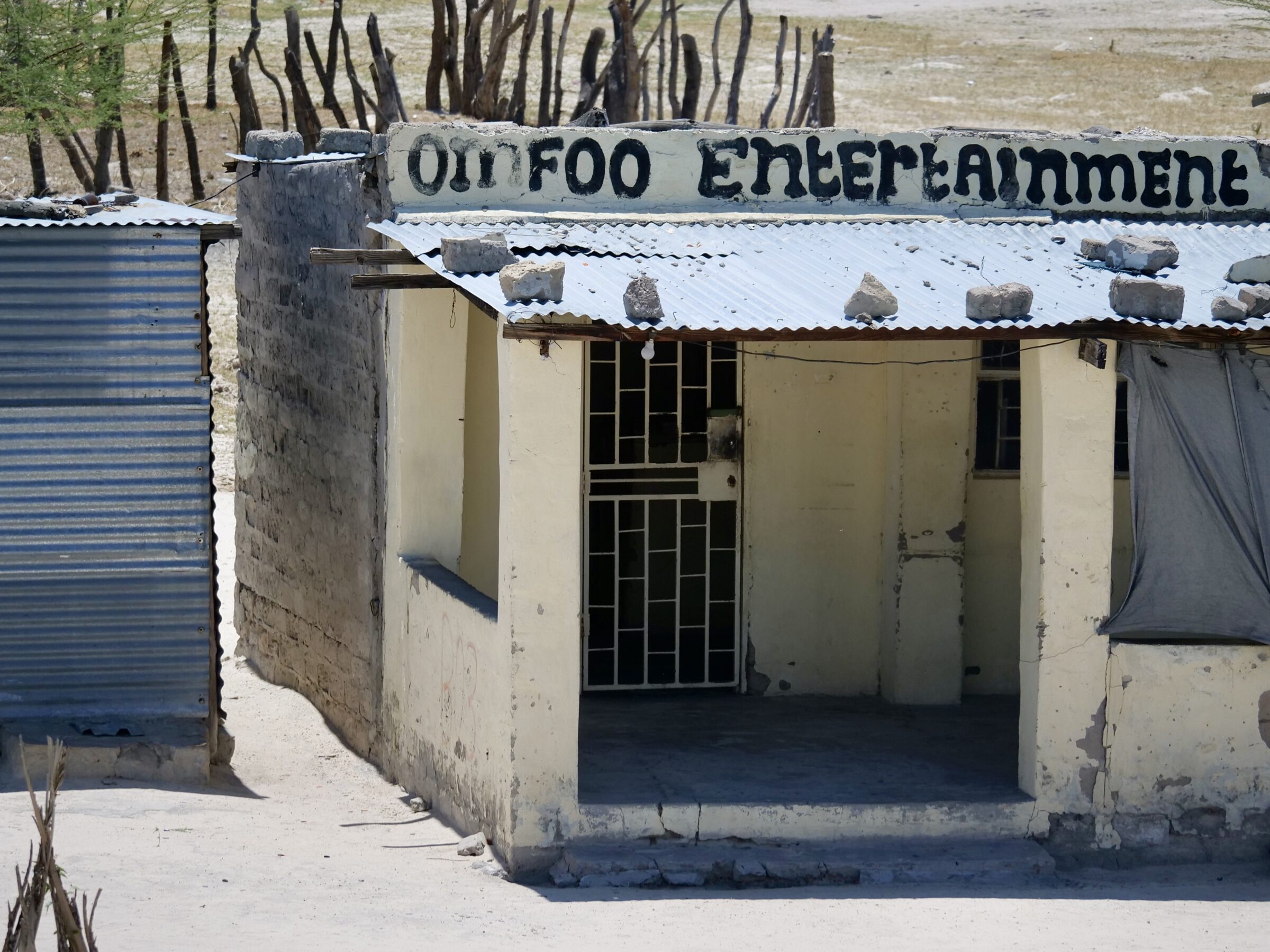…was an extraordinarily close one.
Prior to November 2022 I had never imagined that I would ever find myself so astonishingly near to a wild leopard, let alone that such an experience would prove the least exciting of four leopard encounters, all within a span of about ninety hours.
This post’s photos are in chronological sequence; the first three were taken within a single minute, and the final image’s “moment” occurred a whisker less seven minutes after the first.
Comments closed